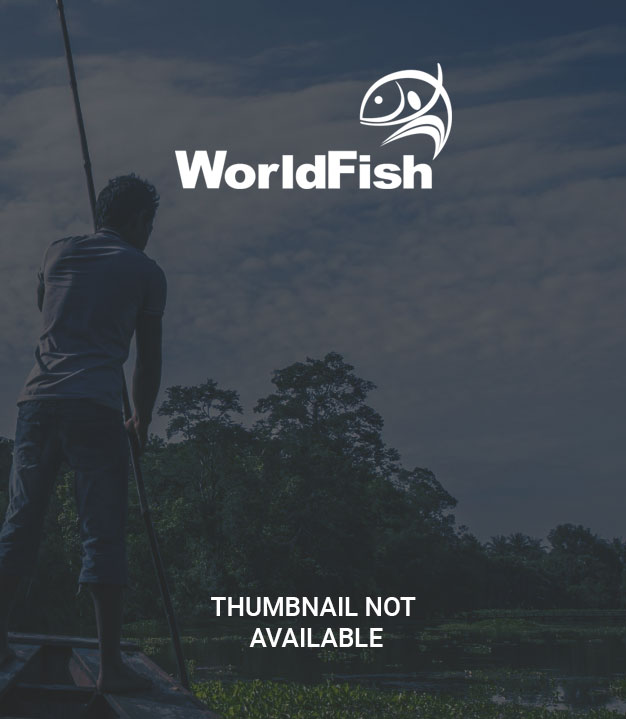
Senegalese, Malians and Guineans are the main actors in the Tann processing site. The Ivoirian are exclusively importers of cured fish products cross border traded between Joal (Senegal) and Korogho (Cote d’Ivoire). The trucks owners are generally Senegalese and the loads are transporters by road from Joal to Korogho, via Bamako. The Ivoirian importers, mainly wholesalers, make their orders to processors from Joal. Generally, transport trucks are loaded with an estimated load of 42.750 tons for shipment from Senegal to Côte d’Ivoire, via Mali ad the transport cost is at US$ 3,278 (XOF 2,000,000). This trans-border transport involves four customs border posts as shown in figure 2. The customs fees are same at the different borders posts at Senegal- Mali and Mali- Cote d’Ivoire and estimated in total at US$ 360.79 (XOF 220,000). At the ECOWAS level, the goal of many projects implemented is on trade facilitation, removal of checkpoints and harmonization of trade laws and reduction of trade taxes and other fees. The comparison of the freshwater cure fish products originating from Mali and the marine products from Senegal shows that the price is the cured freshwater fish is 1.5 to 2.67 times higher for freshwater fish Under the WAEMU regulation, fish products are not subject to taxes; only the 1% applies under the TEC. At the level of customs border posts, the customs fees are harmonized and the regional insurance for vehicles and the project to facilitate transit of goods are enabling environment putting inter regional trade in ECOWAS the highest of the continent. These activities make a profit margin of US$ 26,476.26 per truck. It is important to remember that, a group of at least five importers who put together funds to carry out this operation. Therefore the benefits resulted should be divided by at least 5 actors according to their shares. The cured fish import had shown it is profitable but it is highly informal and risky because no regular supply, no accurate information on product prices and trucks used for transport are not in good repair. Despite the high benefits generated, the lending commercial Banks in the sub region show little interest in providing credit to the segment of the fishery sector. This mainly because no forecast possible on the volumes and values of cured fish imported and how much profits expected yearly. In addition, the high illiteracy of actors, the use of poor processing technics and poor packaging and storage conditions result in low quality products and high losses after processing and transport. Furthermore, the association of processors, transporters and importers are empty shell, wick, and lack of leadership and governance. This situation does not help to boost a Public and Private sectors dialogue.